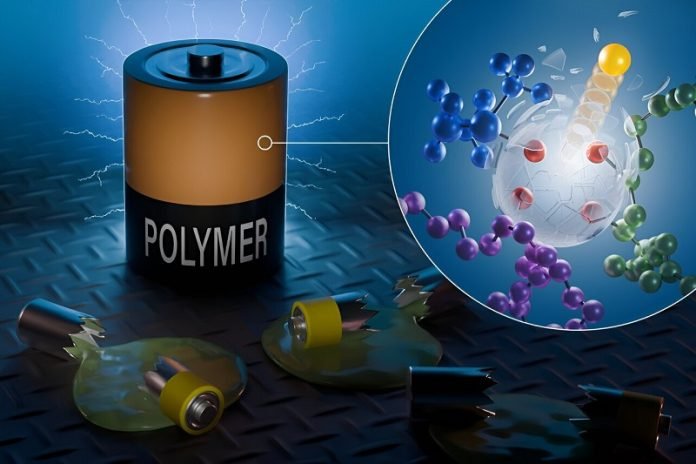
Scientists from around the world have made a significant discovery that could lead to the development of safer and more powerful lithium batteries.
This new research, conducted at Oak Ridge National Laboratory, utilized a method called quasi-elastic neutron scattering to study battery materials in a way that has never been done before.
Their findings were recently published in the prestigious journal, Nature Materials.
The research team, led by Eugene Mamontov of ORNL’s Chemical Spectroscopy group, focused on a special mixture of lithium salt and a type of plastic-like material known as an organic polymer electrolyte.
Unlike the liquid electrolytes currently used in many lithium batteries, which can catch fire, polymer electrolytes are much safer.
The team’s experiments have settled a longstanding question in battery technology: how long it takes for lithium ions (the tiny particles that carry electricity within a battery) to escape from minuscule traps formed by the polymer.
Understanding this process is crucial because the speed at which lithium ions move affects how quickly and efficiently a battery can deliver energy.
Their groundbreaking work showed that it takes about one billionth of a second for lithium ions to break free, a benchmark that was previously unknown.
This insight not only improves our understanding of how lithium batteries work but also allows for the creation of batteries that can store more energy and deliver it faster.
This research is particularly exciting because it opens up new possibilities for using safer polymer electrolytes in more energy-dense battery designs, such as those involving lithium metal. These advances could lead to batteries that power our phones, laptops, and electric vehicles more effectively and safely.
Naresh Osti, another key researcher at ORNL, highlighted the role of neutron scattering in this discovery. “Neutrons are extremely sensitive to hydrogen, which is common in all electrolytes, allowing us to see and understand how these materials behave on a detailed level that was previously out of reach,” he explained.
The success of this project has not only deepened our understanding of how batteries work but also suggests that similar techniques could be used to study and improve other types of battery materials.
According to Nitash Balsara, a professor of electrochemistry at the University of California, Berkeley, this approach could also enhance our understanding of liquid electrolytes, paving the way for further advancements in battery technology.



